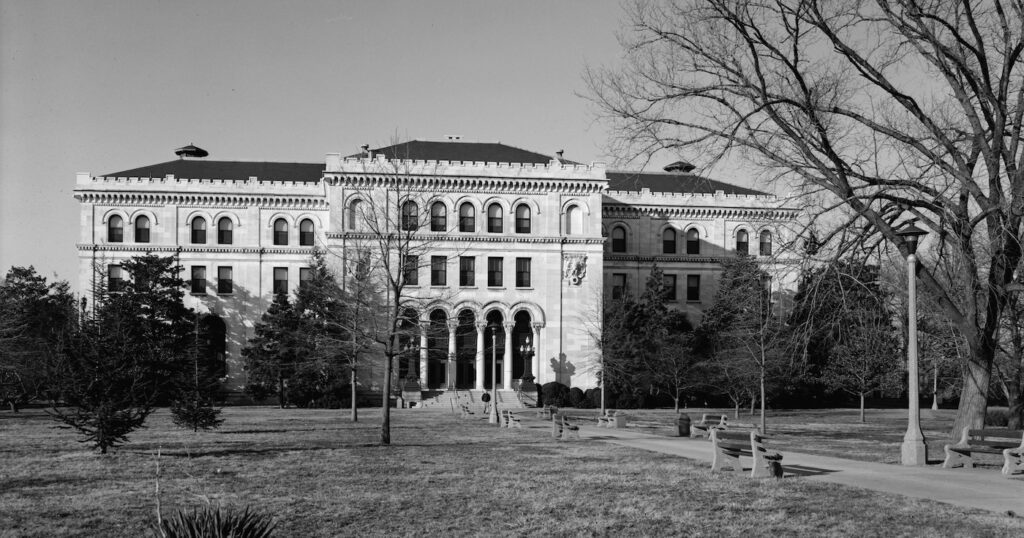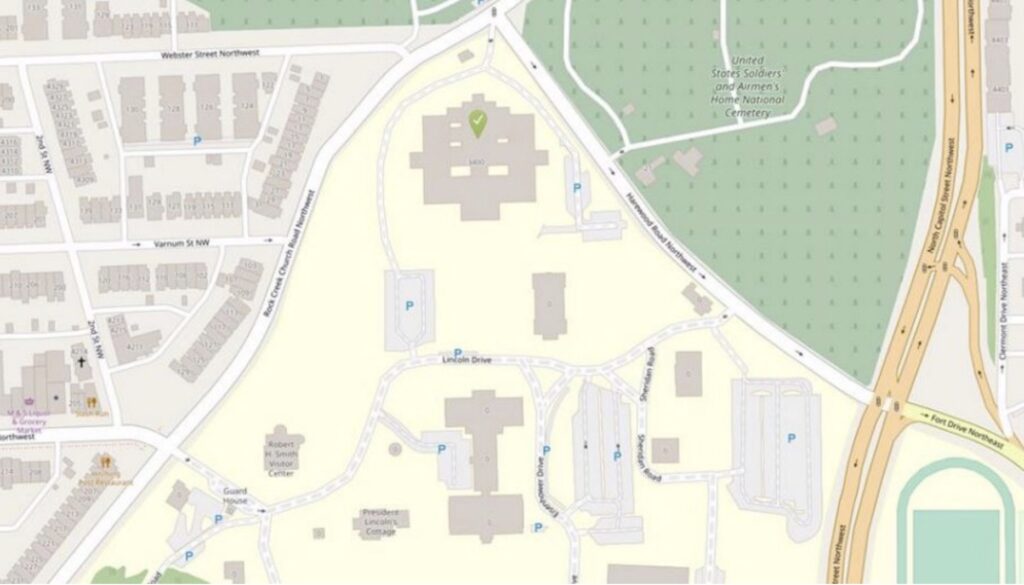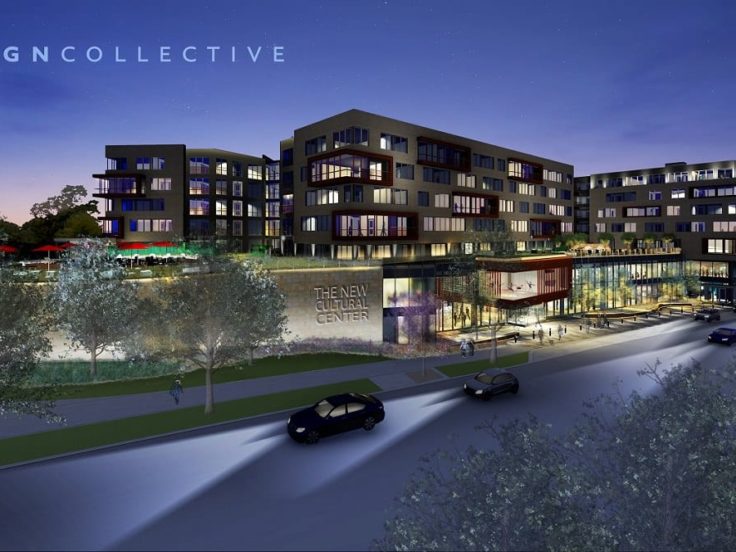Wells + Associates has had the honor of participating in many Technical Assistance Panels (TAP) conducted by the Urban Land Institute (ULI). A ULI Washington TAP focused on the future of the historic Grant Building, a historic asset that is over 100 years old and sits across from President Lincoln’s Cottage, a historically preserved house where Lincoln spent time during the summers in Washington, D.C.
The panel considered possible use of affordable housing and discussed issues of parking, traffic abatement, the use of public spaces, and other issues related to the property’s rehabilition.
Table of Contents (click to jump ahead)
What to Do With This Historic Property?
The overarching question that the TAP convened to answer was: What to do with this historic yet aging asset? As ULI Washington’s report stated:
The Grant Building is a historic asset that is over 100 years old and co-located on the campus of the Armed Forces Retirement Home (AFRH). It is one of the largest federal buildings in Washington, D.C. at 169,000 square feet, and is designed in the Renaissance Revival style with an impressive facade and interior. However, years of neglect, water damage, and decay have caused the Grant Building to fall into ruin, and it is now a significant financial liability and facing high redevelopment costs.

TAP Participants
The Grant Building TAP’s panel chair was Norman Dong of FD Stonewater. Joining Justin Schor (Vice President of Business Development, Wells + Associates) on the panel were:
- Mary Burkholder of BAE Urban Economics;
- Brad Cambridge of Beyer Blinder Belle;
- Mitch Crispell of Arlington Partnership for Affordable Housing (APAH);
- Jon Fitch of MKSK;
- Merrill Hoopengardner, Community Development Professional;
- Mark Laudo of Grunley Construction Company;
- Catherine Miliaras of City of Alexandria Department of Planning & Zoning; and
- Stephanie Thomas of National Bankers Association Foundation.
As ULI’s official TAP report stated:
Panelists listened to stakeholders’ concerns and spent time discussing the best ways forward, taking into account the history of the Grant Building and President Lincoln’s Cottage, the Armed Forces Retirement Home (AFRH) and its residents, and the surrounding community. Knowing that financing was key in any future for the Grant Building, the Panel also modeled costs to accompany each option before making a recommendation.
Questions Posed by Sponsors of the Project
The Technical Assistance Panel was sponsored by President Lincoln’s Cottage and the National Trust for Historic Preservation, with support from the Armed Forces Retirement Home (AFRH), the owner and operator of the campus.
Prior to the TAP, the sponsors provided ULI with a range of questions and issues to consider, including:
- What is a practical future for the Grant Building given its current state?
- Is rehabilitation of the Grant Building feasible? If so, how can the rehabilitation of the Grant Building provide the Cottage and/or AFRH with additional public space, additional office space, additional uses specific to the AFRH’s needs, and/or increased revenue?
- What is the most strategic approach to funding the rehabilitation of the Grant Building?
- What kinds of additional projects might rehabilitation of the Grant Building generate? (Such as parking, traffic abatement, landscape design, and security requirements.)
- Would any adaptive uses – and resulting revenues – of the Grant Building by other entities compete with uses or venues envisioned for Zone A and thus negatively impact AFRH?

The Panel's Choices and Recommendation
The panel outlined three options:
- Option 1: Stabilize the Grant Building
- Option 2: Raze the Grant Building – with and without the possibility of new construction
- Option 3: Rehabilitate the Grant Building for Affordable Housing
The Panel’s recommended option was to preserve the historic Grant Building and use the space for affordable housing targeted toward veterans with the option for a main floor amenity space to be accessed by residents, President Lincoln’s Cottage, and the surrounding community.



